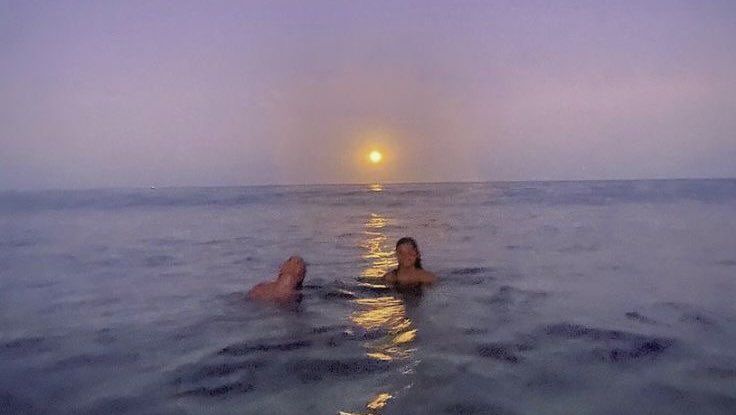The excellent Netflix documentary, The Minimalists: Less is Now, takes an unflinching look at why we have so much stuff, and why it’s never too late to change course and start over with less.
Did you know that the average household contains around 300,000 items? Thanks to the fact that we are bombarded with ads constantly and can buy and have an item delivered the same day, consumption is at an all-time high, which has dire consequences for our planet.
The stars of the documentary, Josh Milburn and Ryan Nicodemus, say that if you want to pare down your belongings, choose a buddy to help keep you accountable and start by giving away one item a day for 30 days – or, if you really want to set yourself a challenge, one item a day, and two items the next day, and so on, until you’re giving away 30 items at the end.
The difference between being a minimalist and being an eco-minimalist is what you do with your discarded items, of course. Decluttering doesn’t work if you’re simply chucking everything into garbage bins, which will then end up in landfill, so the key is to donate, sell or give away unwanted items whenever possible.
So, what are the benefits of living with less? Well, your space will be more organized, making it easier to manage and clean. You don’t spend as much time deciding what to wear or trying to find things among messy clutter. This frees you up to do the things you really want to do – like spending time with loved ones, pursuing hobbies and relaxing.
Living with less also saves you money. Consider that $38 billion is spent every year on self-storage, because we now have so much stuff in our homes we have to pay to store all the extra stuff that won’t fit. This adds up to around $1500 per household per year; enough money to take a week-long holiday.
How many times have you bought a replacement for something because you simply couldn’t find the original – like a phone charger? Only to discover several of them when cleaning up. One participant in the documentary admitted that when clearing out his home he found that he had three pairs of soccer cleats, even though he didn’t even play soccer.
If paring down your belongings feels daunting and you don’t know where to start, then start small. Try clearing out one drawer or cupboard at a time, or a handbag, bathroom cabinet or your car’s glove compartment. The feeling of achievement and having a clean space helps build momentum, and the process gets easier and easier as you go.
Of course, once you’ve cleared your space, the trick is not to simply buy more stuff to fill it up with again. When you do consider purchasing something, hopefully the experience of paring back will make it a more considered decision. Before buying something, ask yourself; how was this item made? How is it packaged? What materials were used to make it? How long will it last? Is it a necessity, and if not, am I certain it will add value to my life?
Lastly, remember that eco-minimalism is not about being perfect, it’s just about striving to do a little better.




